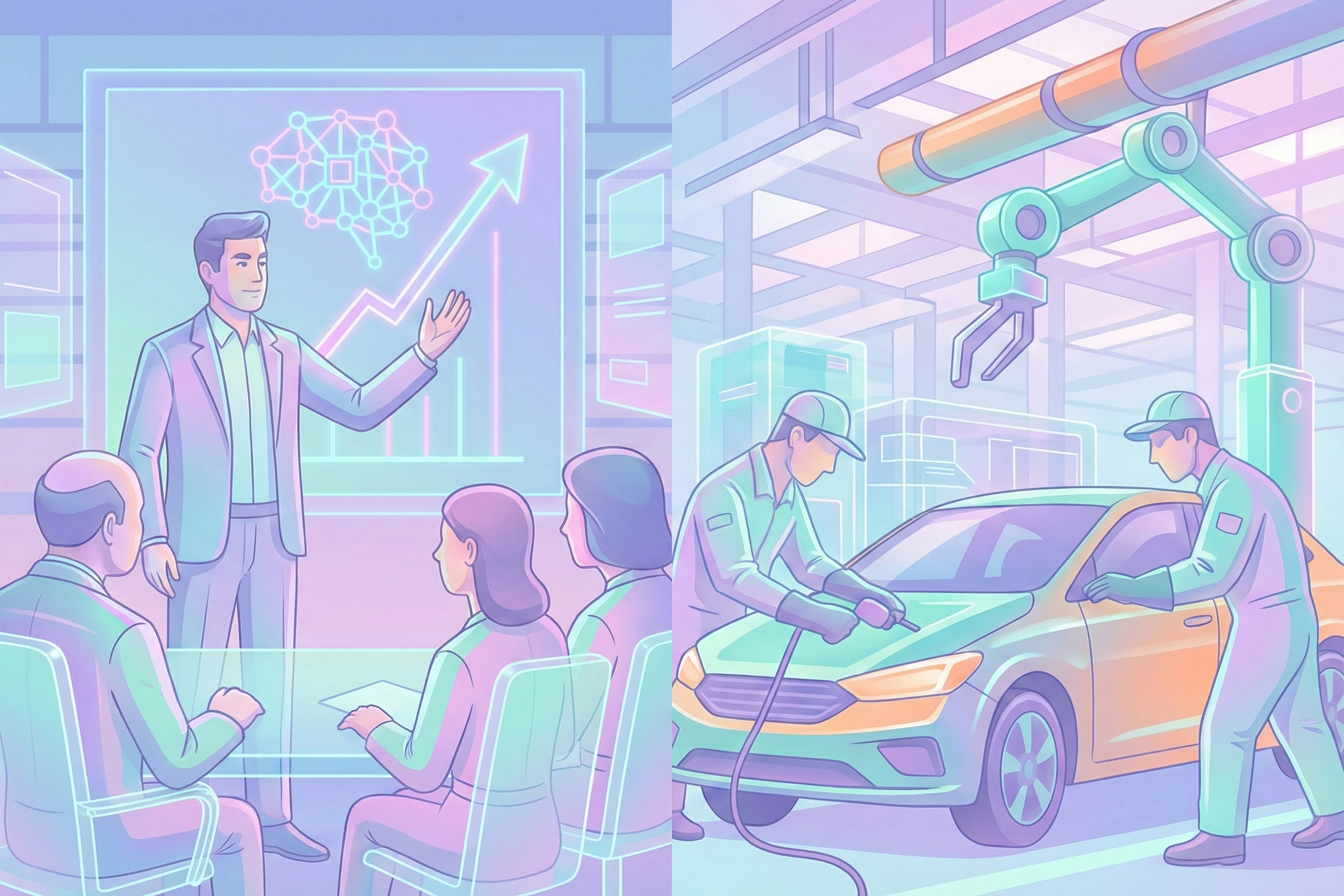
We are still in a very early stage of cryptocurrencies and are not in the position to define a winner (yet). However, as governance structure and ease of use of cryptocurrencies continue to improve, what might be second-order effects? We conclude that we might return to a very old form of trading services and goods: bartering.
Before the existence of a generally accepted medium of exchange (e.g. coins) trade occurred through barter. Because of limitations, like divisibility of goods and search costs for a particular swap, it made this form of conducting business lumpy and hard to scale up. Even though the limitations are obvious, in times of economic difficulty (e.g. Greece, Venezuela) we observe a rise in barter ecosystems. In those circumstances, the adoption of the system is triggered by a distrust in the local financial system (e.g. Venezuela), or unwillingness to pay additional taxes (e.g. Greece).Although barter economies are mostly viewed as an economic form of last resort, with the rise of cryptocurrencies, barter economies may flourish again. There is a wide variety of cryptocurrencies, all with a unique protocol representing a unique proposition. Some cryptocurrencies (known as utility coins), like Filecoin or Siacoin, represent a particular service (in this case the ability to store a certain amount of data in a decentralized way) and can only be used for this specific purpose. In addition to utility tokens there are securities tokens. These are representations of a specific asset, for example a company’s share. In general, this basic distinction is sufficient to grasp the most important difference between the two, although some argue tokens need to be differentiated further. Due to the adoption of atomic swaps, making it able to swap coins easily, trustworthy and at minimal costs (circumventing centralized exchanges), we might expect a rise in the immediate exchange of services. Similar to newer barter concepts (like Gulfbarter in which merchants swap excess inventory with other members) excess amount of coins gained through mining can be exchanged seamlessly for others.However, this Barter 2.0 also faces some new challenges. Technological enablers linking the physical assets with the blockchain will be necessary. An example are oracles. These are smart agents that verify and send information to the blockchain, thereby enabling smart contracts to run. A movement sensor tracking if a sold car actually crossed a specific border could be an oracle hardware solution. Nevertheless, while the blockchain may be immutable, this might not apply to the data security of these sensors.The decentralized exchanges facilitating barter face a different challenge on the interface level. For generic utility tokens such as Filecoin the use is clear, however for more specific tokens – a token linked to a specific house in Los Angeles – the interface of the exchange needs to find ways to show this in a comprehensible way.
Cryptocurrencies which suffer from significant transaction fees limit their usability (e.g. bitcoin being more observed as a store of value than as currency). Lowering transaction costs in general (both physical and by fees) will boost ease of trade and the cryptocurrency ecosystem as a whole. Hence, we can expect the beneficiaries to be similar to trade agreements between economic regions (e.g. European Union, Trans Pacific Partnership).

